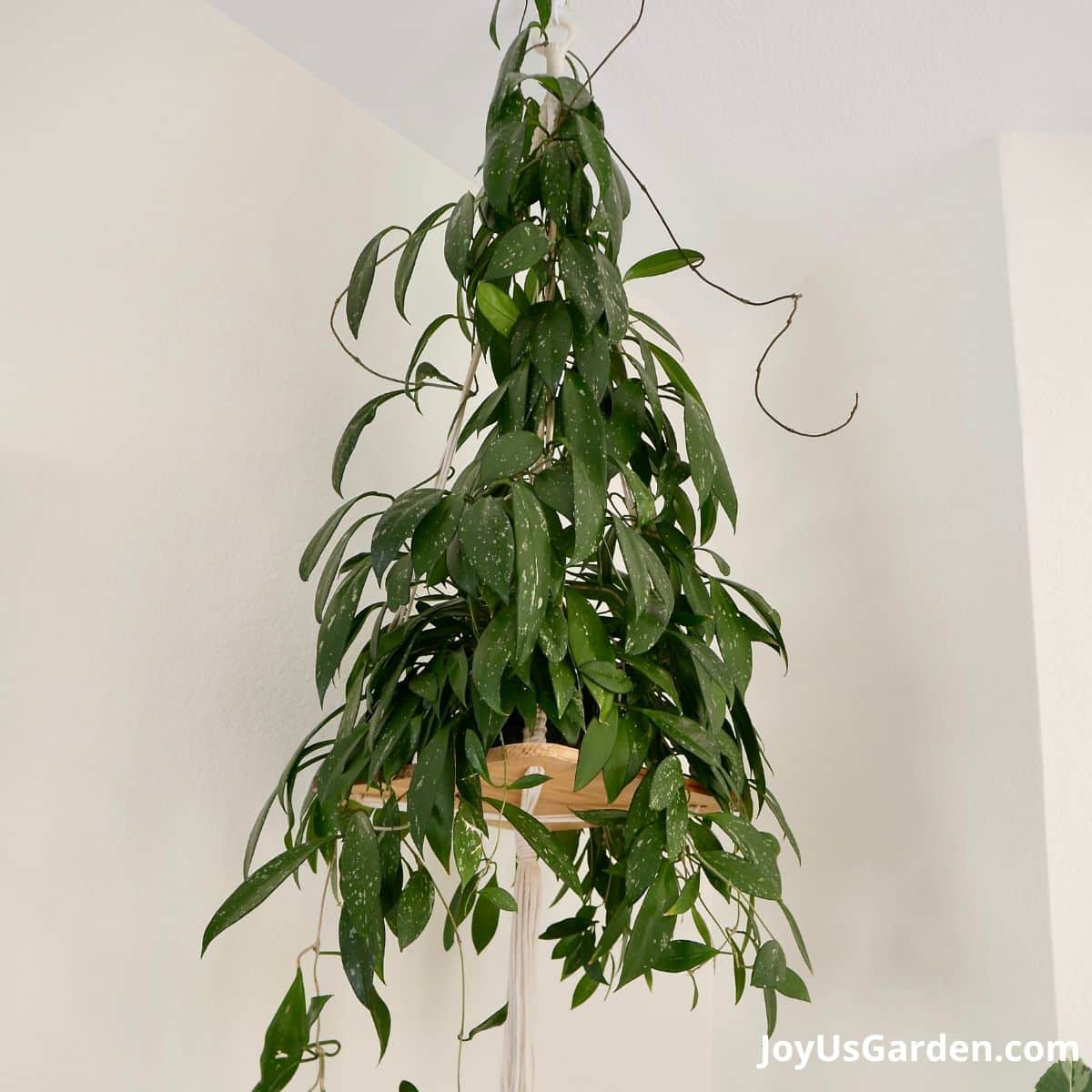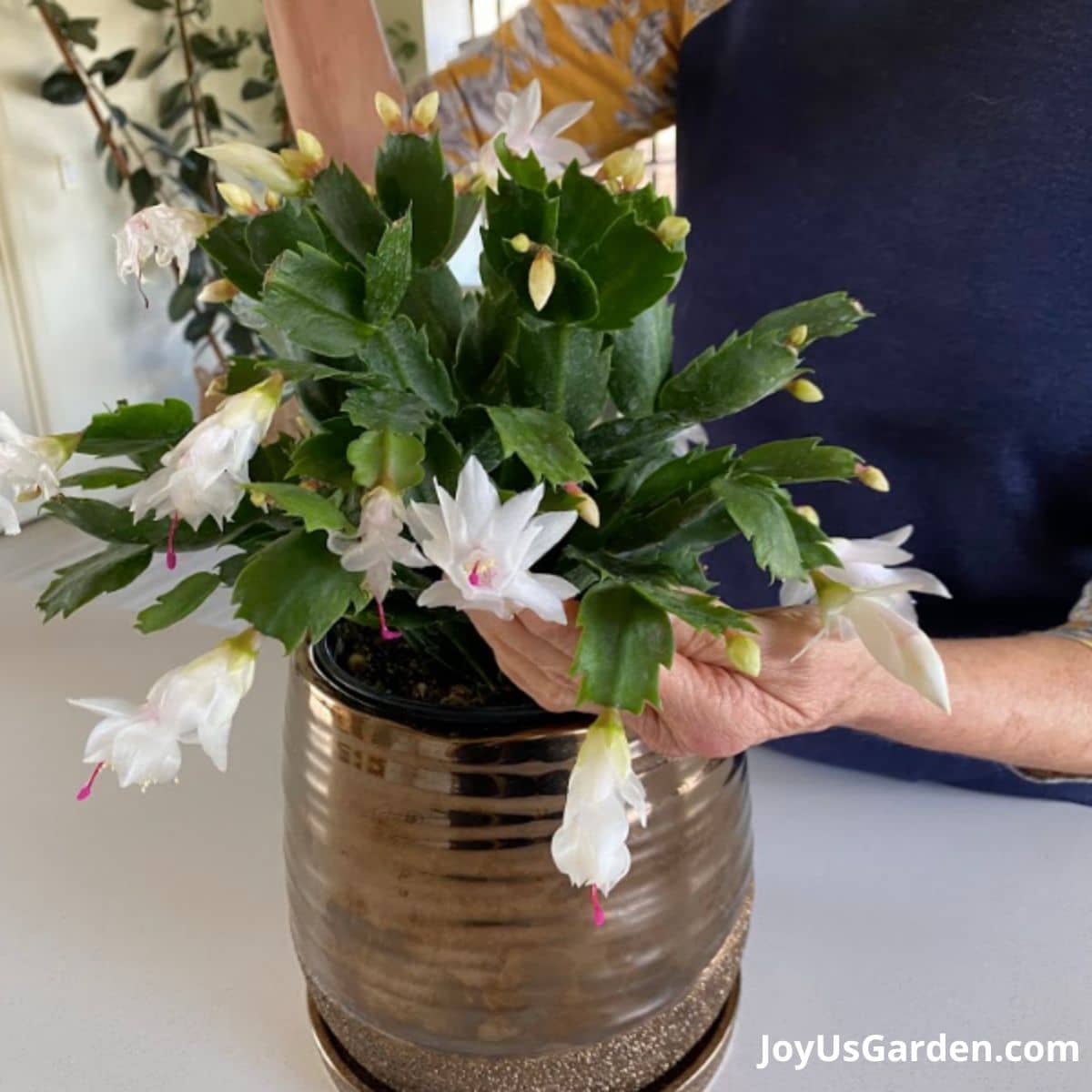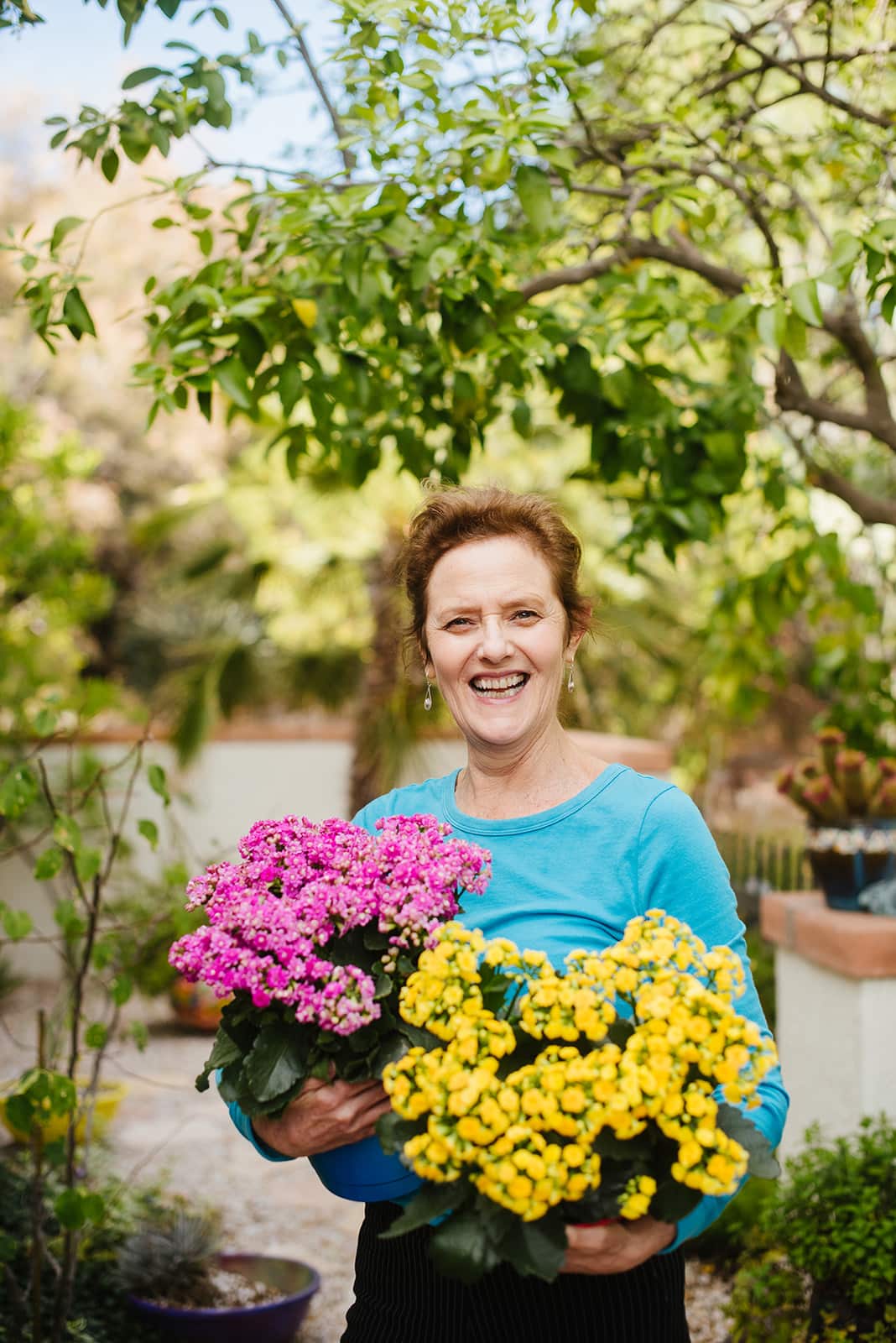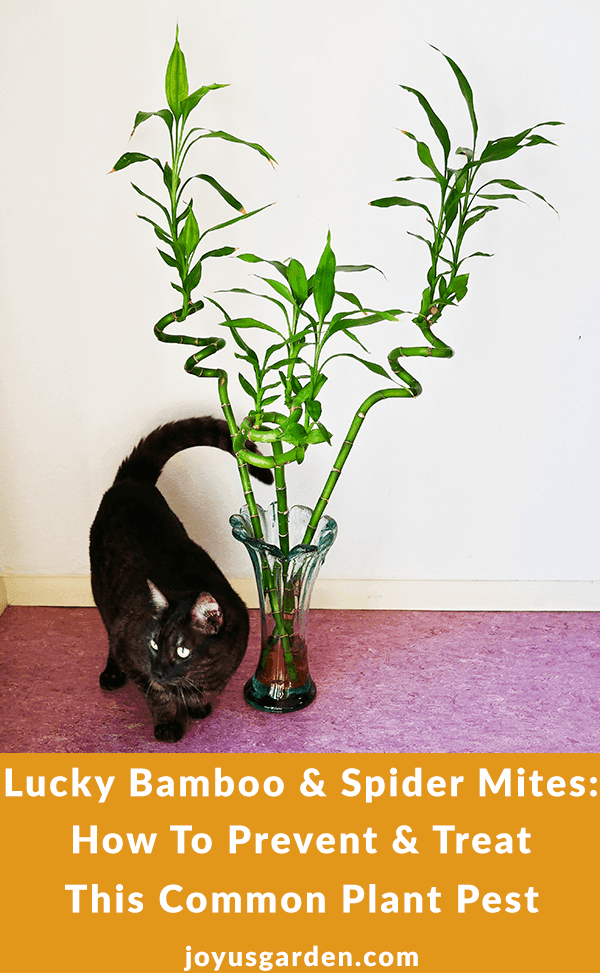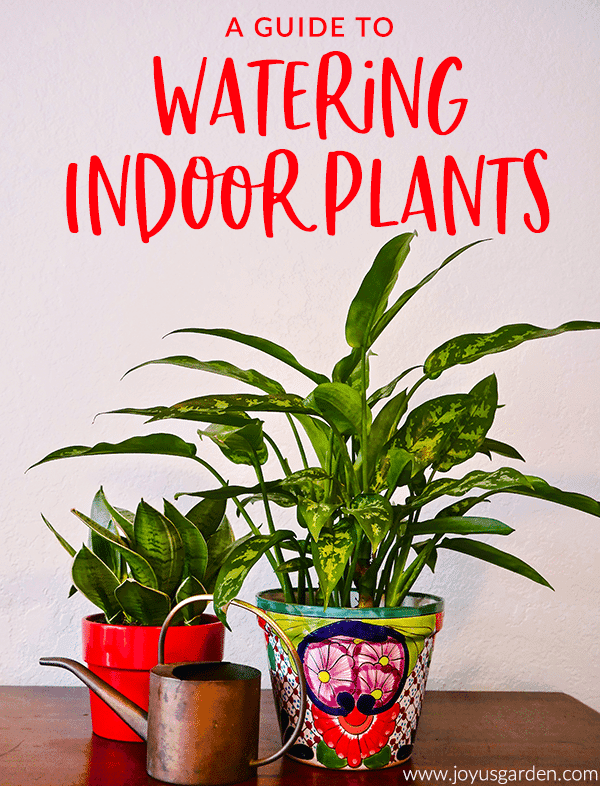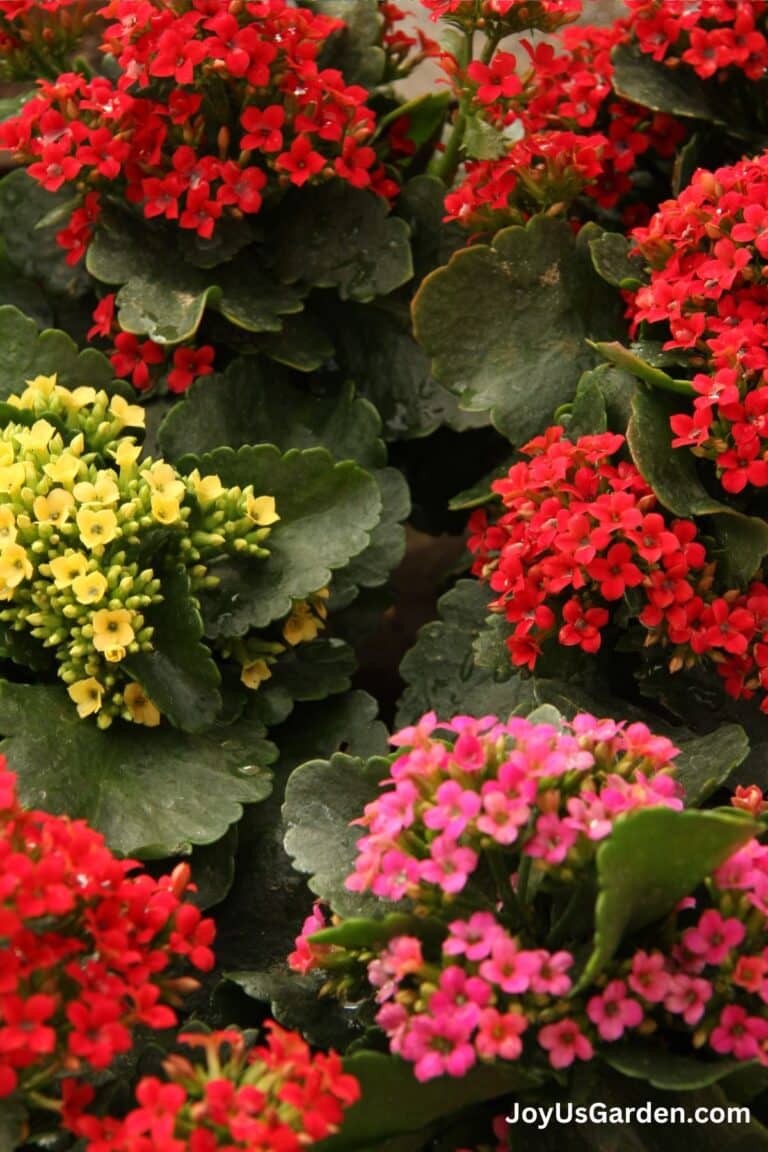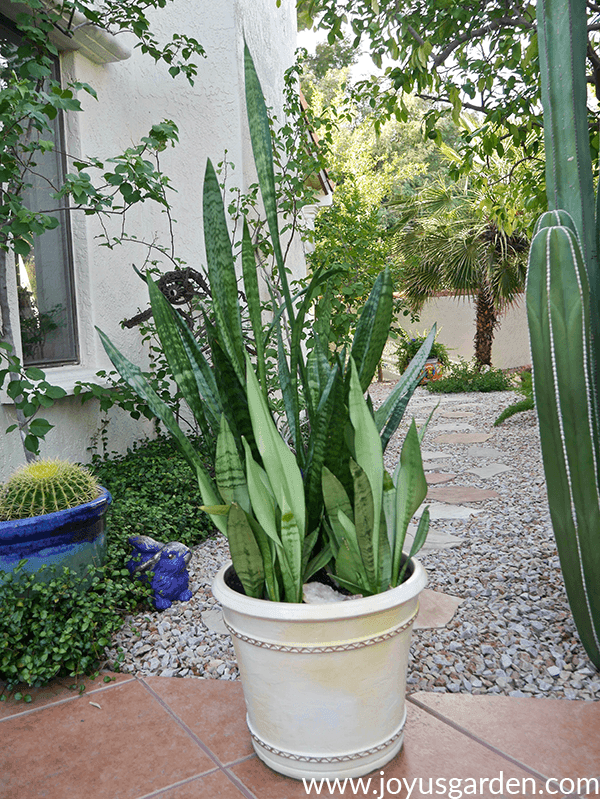Houseplant Toxicity: Plus Safe Indoor Plants For Pets
I love my kitties, and I love my houseplants. A home is a much more delightful place to be with both of them in it. You most likely feel that way about your pets and plants too. Houseplant toxicity can be somewhat of a fearsome and misunderstood subject so I want to give you some things to think about.
Here I’m sharing some thoughts on the common question, “Are houseplants safe for pets?” Here I’m sharing my thoughts about plant toxicity. It’s meant to give you something to think about. Do your research about a houseplant and decide if it’s one you want to bring into your home.
It’s a good idea to check out the ASPCA toxic and non-toxic plant list. It not only tells you if a plant is toxic or non-toxic, but also the effects it’ll have on your pet. There are more resources with links for your reference at the end.
Houseplant Toxicity & Pets
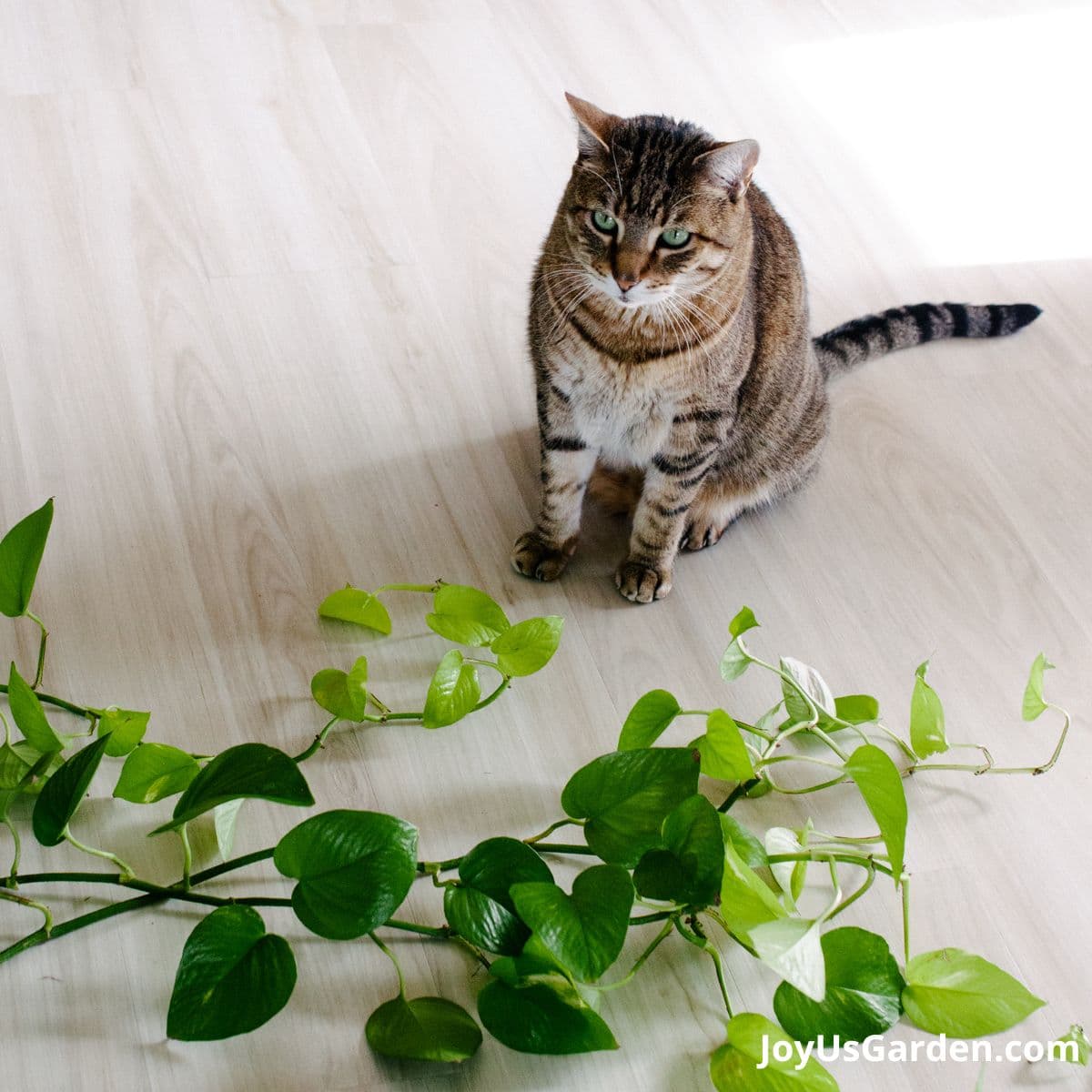
It seems like there are more toxic houseplants, in varying degrees, than there are safe. The same with outdoor plants.
If something is toxic (containing some poisonous substance) doesn’t necessarily mean it’ll cause death. Houseplant toxicity levels vary. Many mildly to moderately toxic houseplants will only cause mouth irritation, a bit of an upset stomach, skin irritation, and/or vomiting.
On the other end, there are select plants that, when ingested, will cause liver failure, kidney failure, or even death. Pet owners, be informed!
Get to Know Your Pets and their Habits
Just know that some plants are toxic for dogs, others for cats, and many for both. Horses I’m not even touching on here because hopefully, you don’t live with a horse inside your home!
The reaction your pet will have depends on their size and weight, the amount they ingest, and what part of the plant they’ve eaten. Just chewing on houseplants usually isn’t too harmful but swallowing them can be.
You know your cat or dog and what they’ll do. My previous pair of kitties, Riley and Oscar paid no attention to my plants. They were both much more interested in things that move, like the lizards and birds they watched from the windows.
As I’m updating this, Oscar and Riley have since passed over the rainbow bridge. I now have Sylvester and Tazzy along with 60+ indoor plants.
Sylvester is a big-time bird watcher and has no interest in plants. Tazzy occasionally munches my Spider Plant because he loves those long, crunchy leaves! And that’s okay because as you’ll see below, they’re non-toxic.

Dogs and cats love to chew on grass outdoors. I grew up with five dogs and thirteen cats. Yes, my parents loved animals that much. They had plenty of grass and outdoor plants to chew on, but none were ever in a state of suffering.
If your pet is showing signs of distress (vomiting, breathing issues, convulsing, excessive drooling, etc) immediately call your vet and give him or her the plant’s name or send a picture if you don’t know.
Remember, common names can be tricky so it’s best to go with the botanical name or a picture. If you are having trouble identifying the plant, Apple iPhone has a built-in feature that can identify plants as well as Google Search. Also, your vet or one of the resources listed at the end might be able to face chat with you and see how the pet is reacting. If it seems severe, get your pet to the vet or emergency room as fast as you can.
Why do cats and dogs chew on houseplants?
- To aid digestion. When pets are feeling gassy or slightly nauseous and can’t get any grass, chewing on and ingesting a small amount of a plant makes them feel better.
- A lack of fiber in their diet.
- With some houseplants, it’s a texture thing. My San Francisco kitty Ivan loved to chew on my bromeliads (which are on the safe list by the way) because their leaves are nice and crunchy. Just like how we love to munch away on potato chips!
- They’re bored.
- They’re angry.
How to prevent your pet from chewing on houseplants
Discipline. Try training your pet to stay away from your houseplants. Easier said than done sometimes, but worth a try!
Get some grass. Kitty grass is readily available. It’s very easy to grow your own. This post on Growing Cat Grass Indoors will guide you.
Sprays or sprinkles. These are store-bought but many don’t have good reviews. Have you found one that works?
Cayenne pepper. It can be sprinkled on the plant or made into a spray. Just know that if you use too much, it can cause irritation.
Aluminum foil. Scrunch it a bit and put it in the pot. Cats especially don’t like the sound or feel of it. It’s definitely not the best look unless, of course, you have a Star Trek theme going on in your house!
Use a safe or non-toxic plant, like a Ponytail Palm or a Neanthe Bella Palm, as an attractant or decoy. You’ll find more safe plants listed below. Place it where your pet can easily get to it and maybe he or she will leave the others alone.
Keep them out of reach. Hang your houseplants or put them on top of shelves, cabinets, etc. You could also try a tall plant stand (if your pet doesn’t knock it over!).
Are there any plants that are safe for pets?
Yes, there are. You’ll find them listed below.
Just because a plant is listed as safe or non-toxic, it doesn’t mean it won’t cause your pet to throw up and/or have diarrhea. It won’t harm them but could cause discomfort along with a mess for you to clean up.
Popular, common plants that are toxic in some way
Peace Lily, Aloe Vera, Snake Plants, ZZ Plant, Dumb Cane, Agalonema, Jade Plant, Flowering Kalanchoe, and Devil’s Ivy.
Different plants and different parts of the plant cause different toxic reactions. They can cause a burning sensation, general gastrointestinal upset, increased heart rate, difficulty swallowing, abdominal pain, swelling of the mouth, severe vomiting, and more.
I’m no expert in this subject because my cats have never had a bad reaction. If any of your pets have one, be sure to seek veterinary care or contact the ASPCA Animal Poison Control Center.
Some Of Our General Houseplant Guides For Your Reference: Guide To Watering Indoor Plants, Beginner’s Guide To Repotting Plants, How to Clean Houseplants, Winter Houseplant Care Guide, Plant Humidity: How I Increase Humidity For Houseplants, Buying Houseplants: 14 Tips For Indoor Gardening Newbies
Safe Houseplants For Cats And Dogs
The good news is that there are some non-toxic houseplants. We have more info and dog and cat-safe plants on this list of 11 Pet-Friendly Houseplants.
Spider Plants
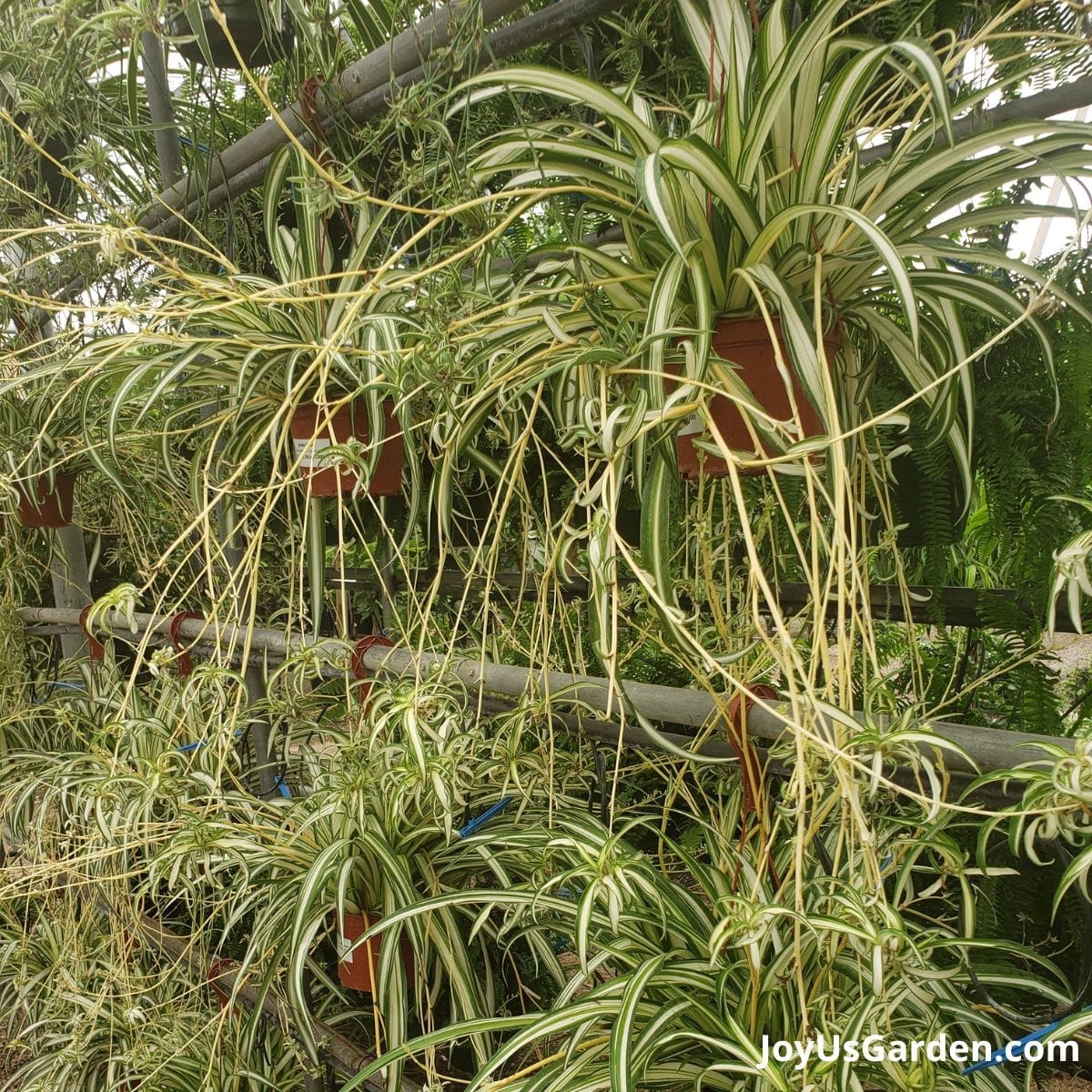
Bamboo Palm, Areca Palm, Kentia Palm & Neanthe Bella Palm
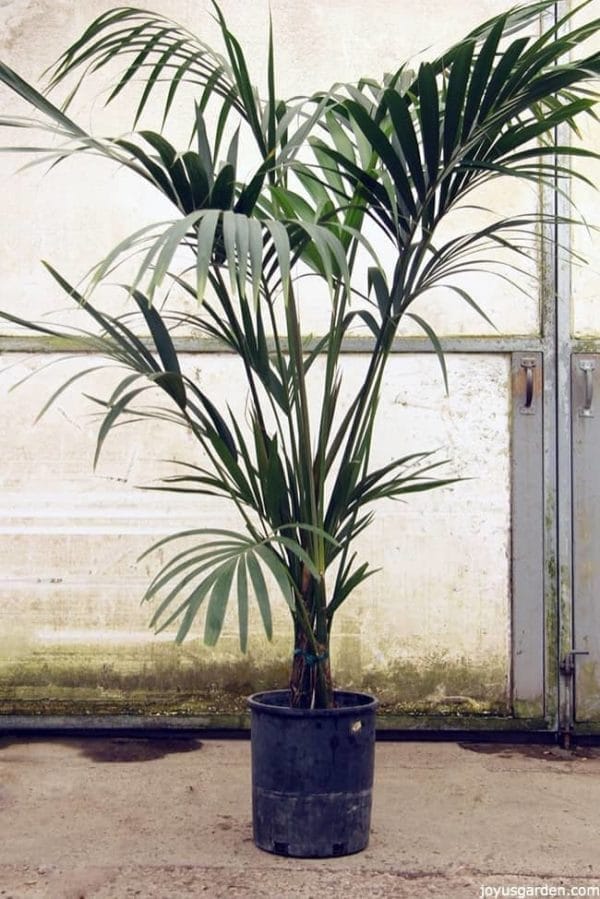
This is a Kentia Palm.
Hoyas
Bromeliads
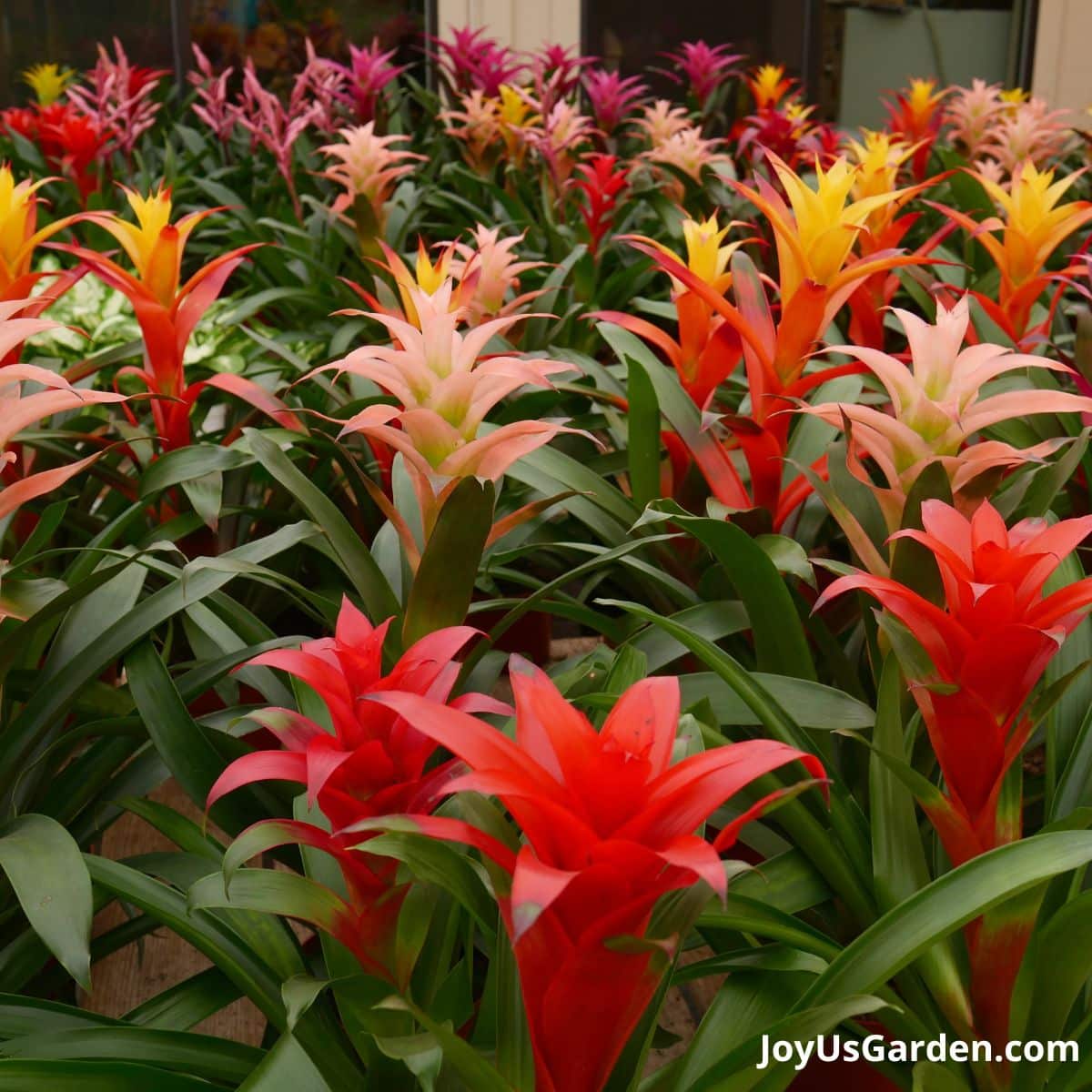
Ponytail Palms
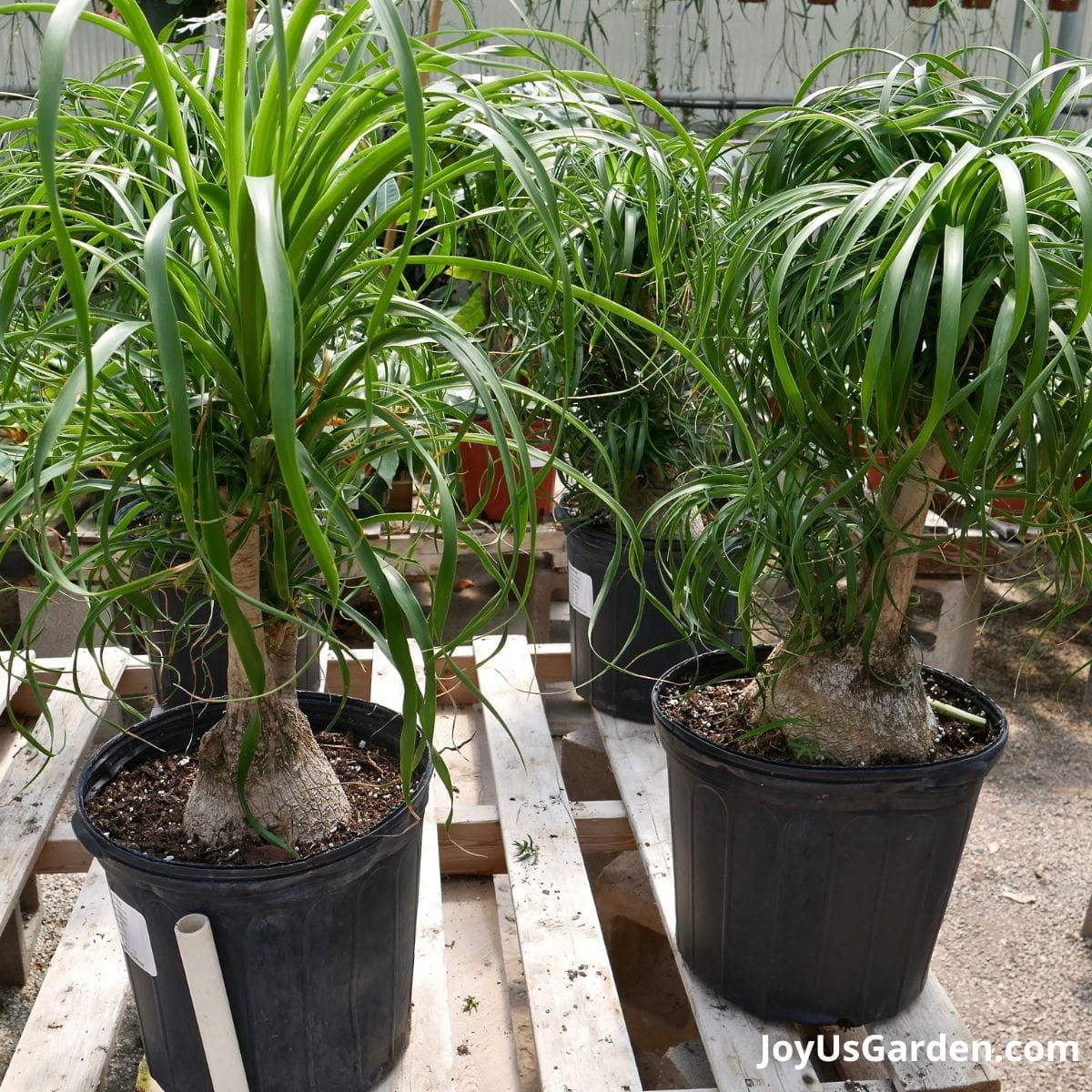
Ferns: Boston Fern “Dallas, Bird’s Nest Fern
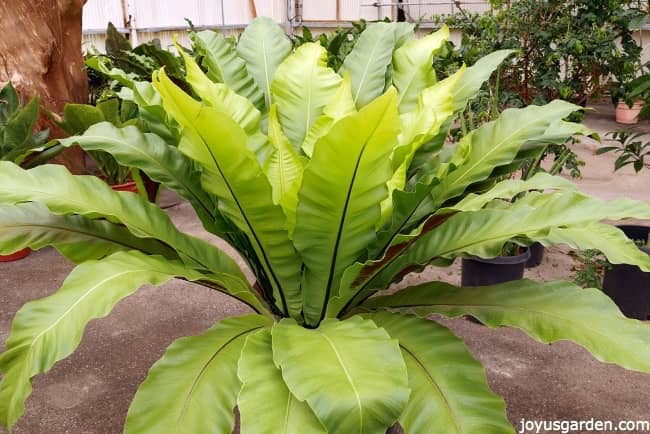
Peperomias
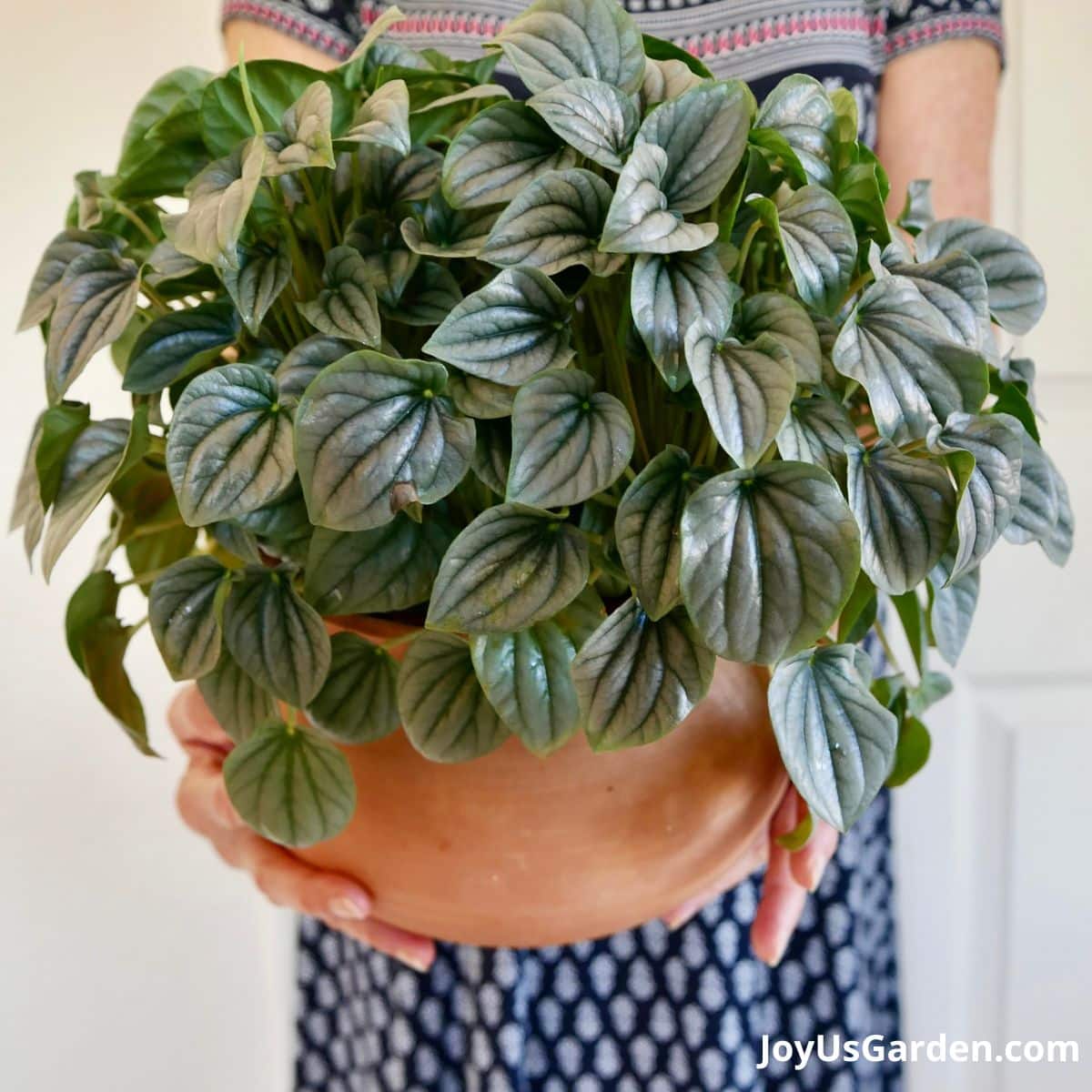
Prayer Plants
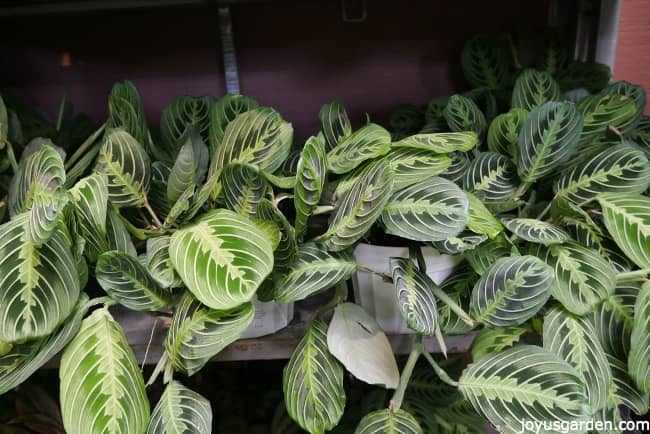
Air Plants
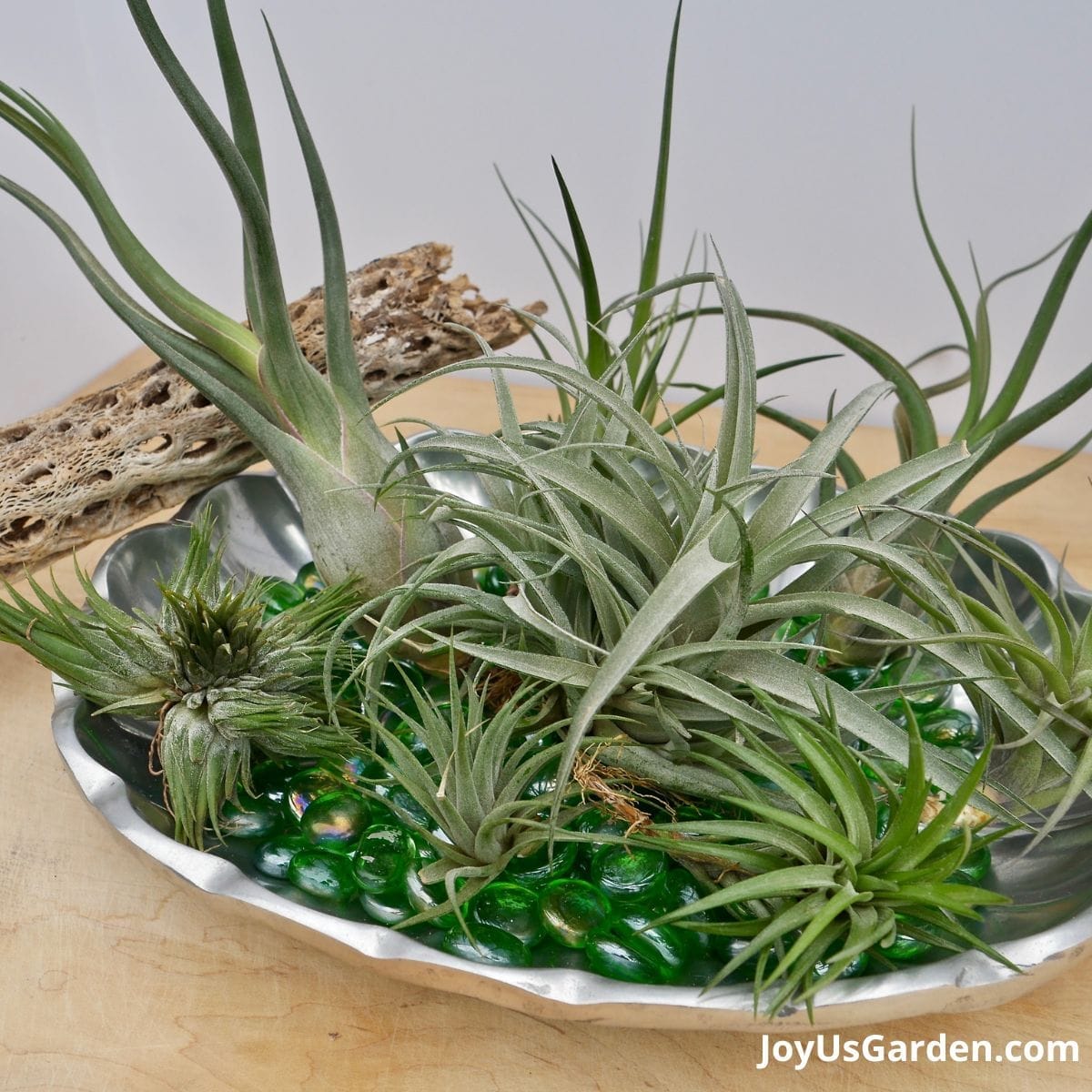
Some Succulents: Burro’s Tail, Haworthias, & Hens & Chickens (the Echeveria elegans)
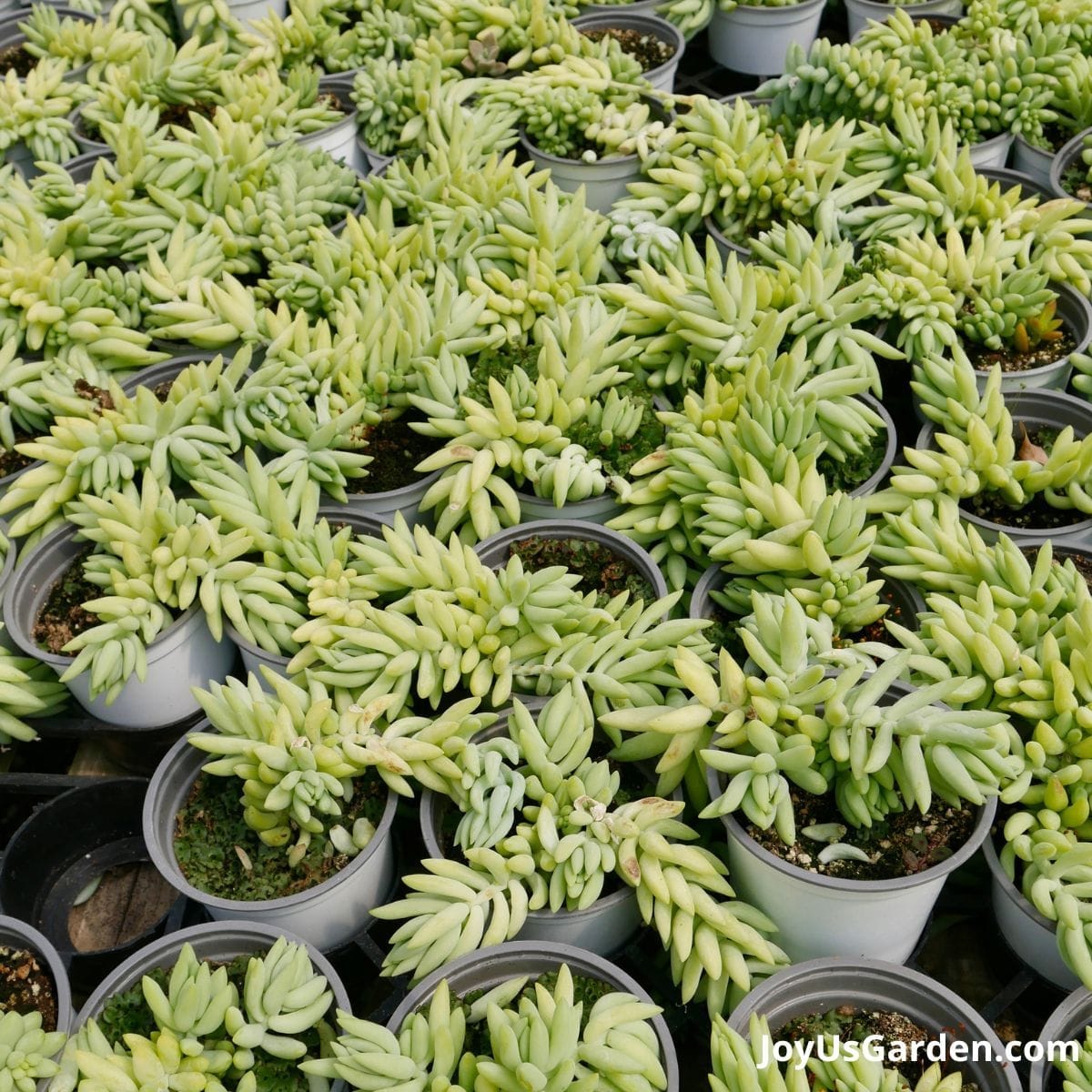
Christmas Cactus, Thanksgiving Cactus, Easter Cactus
Phalaenopsis Orchids
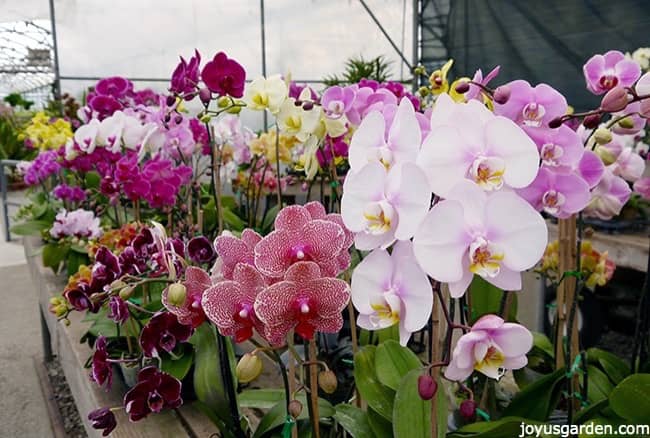
African Violets
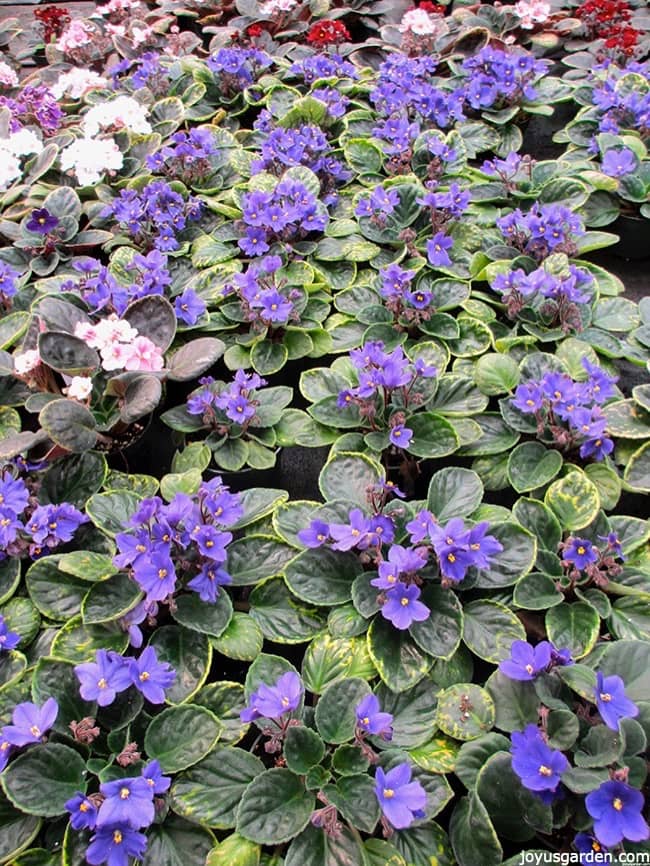
Houseplant Toxicity Video Guide
Helpful Resources Regarding Houseplant Toxicity
- ASPCA toxic & non-toxic list
- 10 household plants that are dangerous to pets
- Toxicity of 20 common houseplants to dogs
- Poisonous plants for cats, what to watch for & what to do
- Another list with the level of toxicity
- 24-Hour Animal Poison Control Center
Note: This was originally published on 8/5/2017. It was updated on 3/31/2023.
I hope this post on houseplant toxicity has given you dog and cat owners something to think about and that you’ve found it to be helpful. Be aware and informed: watch your pet’s behavior around houseplants and educate yourself. May we live in harmony with our pets and plants!
Happy indoor gardening,

Disclaimer: This article is intended to be a general resource only. Any recommendations are based on personal opinion & experience. For information on this site, please read our policies.
- About the Author
- Latest Posts
Nell, the founder of Joy Us garden, was born into a gardening family and grew up in Connecticut’s countryside. After living in Boston, New York, San Francisco, & Santa Barbara, she now calls the Arizona desert home. She studied horticulture & garden design, working in the field all her life. Nell is a gardener, designer, blogger, Youtube creator, & author. She’s been gardening for a very long time & wants to share what she’s learned with you.

